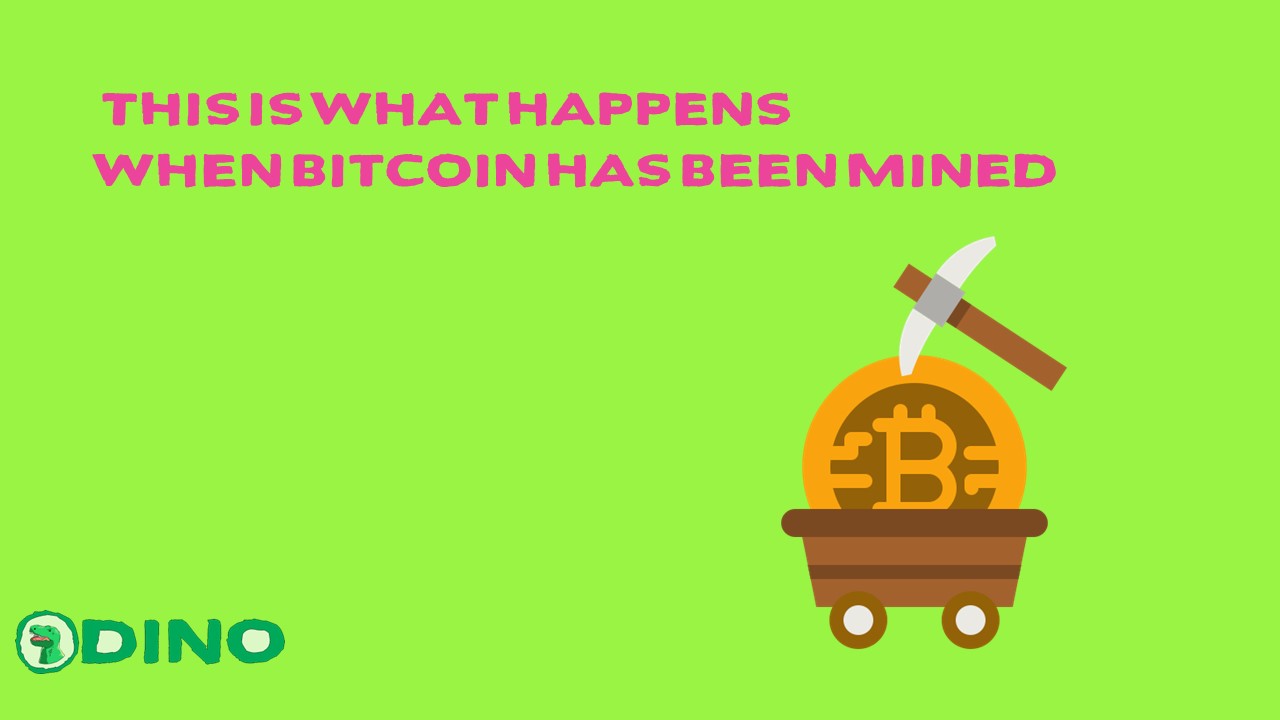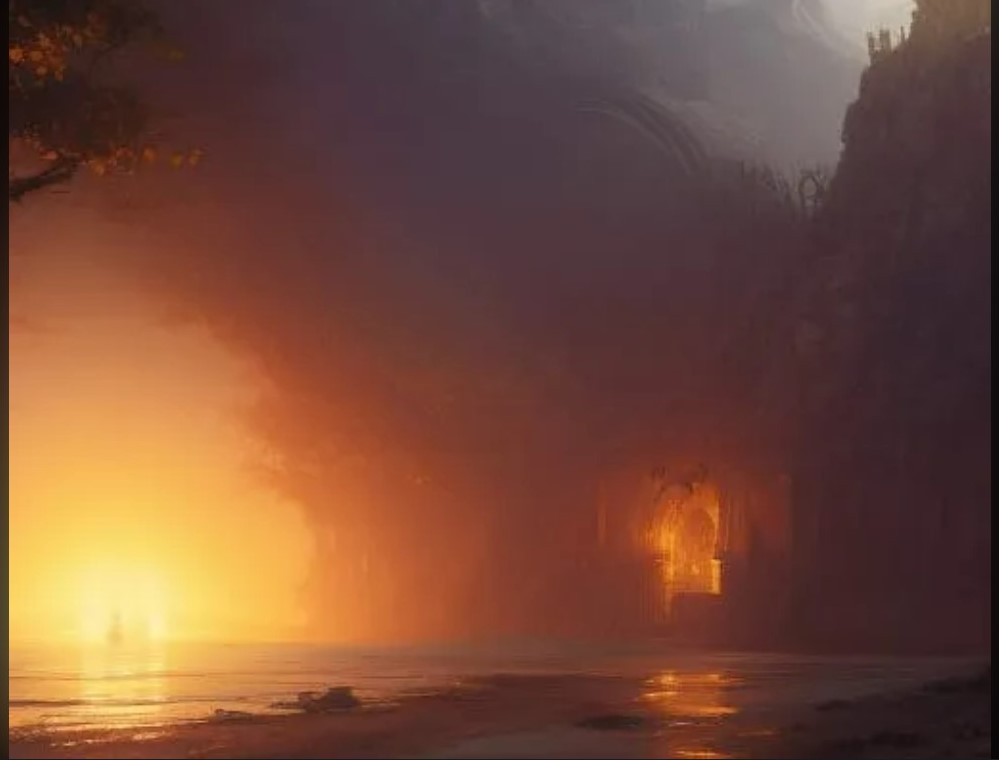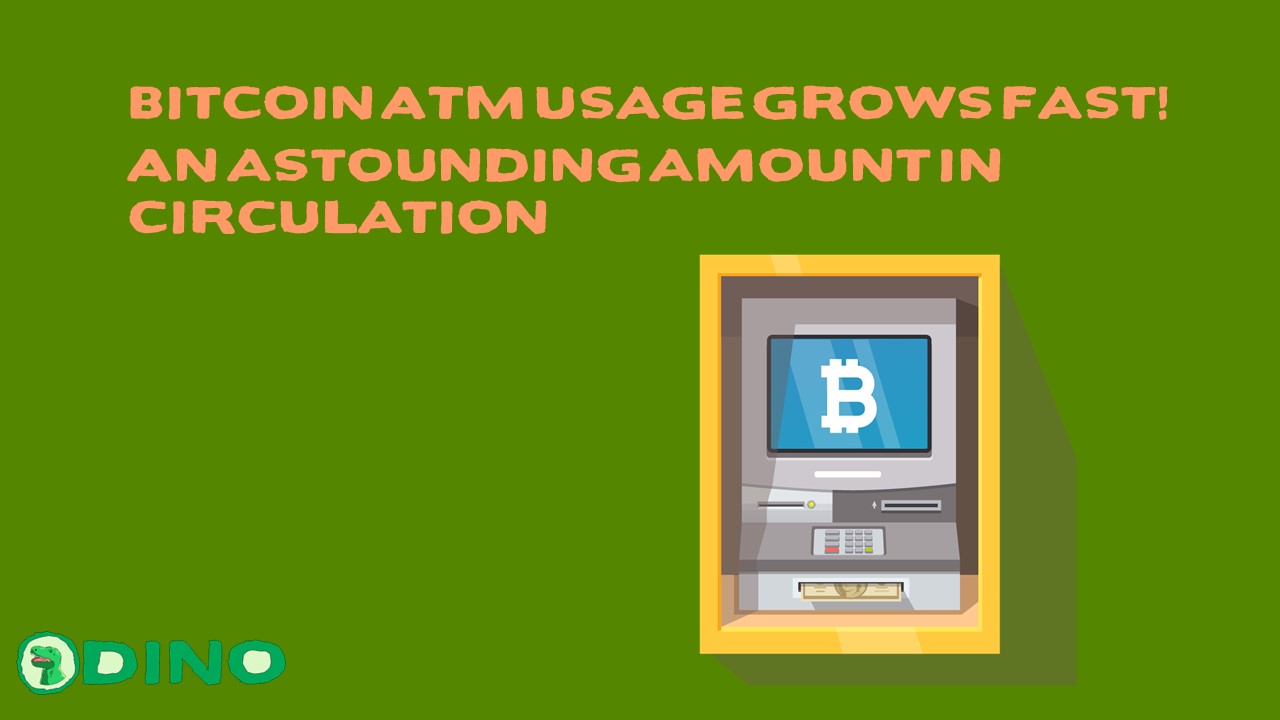There are only 21 million Bitcoins, so after all the Bitcoins have been mined in 2140, no Bitcoin will be circulating again.
If this is the case, then what happens?
Of course, the first thing that comes to mind is that the price of Bitcoin will be costly. This is due to increased demand and a difficult currency to avoid inflation.
But on the other hand, when those 21 million Bitcoins have been mined, most of the network will operate the same as it is now.
But with a critical difference for miners.
Roughly every ten minutes, Bitcoin miners’ discover’ a new block and crack the cryptography to earn a Bitcoin reward.
When Bitcoin was first launched, the reward was set at 50 BTC. However, halving events are held regularly, namely once every four years.
In the halving, the miner’s reward is deducted from 25 BTC, 12.5 BTC, 6.25 BTC, and so on.
Three halvings have been completed so far; The most recent Bitcoin halving occurred on May 11, cutting the block reward to 6.25 BTC.
Bitcoin miners will be able to continue earning block rewards until a total of 21 million BTC has been minted, after which no new Bitcoins will enter circulation.
More than 18.5 million BTC has been produced, scoring 88.3% of the maximum supply in just over a decade.
But it will take another 120 years before the last Bitcoin is minted due to the gradual reduction that occurs every four years due to the halving process.
Miner Fate After Bitcoin Mining Process Completes
After all 21 million Bitcoins have been minted, Bitcoin miners can still participate in the block discovery process.
But they will not get any incentives from Bitcoin block rewards. That doesn’t mean they won’t be rewarded at all.
In addition to block rewards, Bitcoin miners also receive all fees incurred for transactions. This is included in each newly discovered block.
Transaction fees comprise a small fraction of a miner’s income because miners currently print around 900 BTC (~$8.5 million) per day but earn between 30 to 50 BTC in transaction fees daily.
That is, transaction fees currently only account for 3.3% of the miner’s income, but by 2140, it will soar to 100%.
It doesn’t mean this asset will expire if Bitcoin is finished being mined. These assets may become more sought after, and there will likely be changes to the ecosystem to make Bitcoin adoption even more material after the rewards expire.
In addition, Bitcoin miners can switch to mining other crypto assets or switch to the staking process.
“Changes to the Bitcoin ecosystem and its place as a major currency in the virtual world could drive a significant shift in miner adoption even after block rewards stop,” said Simon Kim, CEO of VC Fund.
More News About Crypto : NEWS
Follow our Twitter : https://twitter.com/DinoDapps




